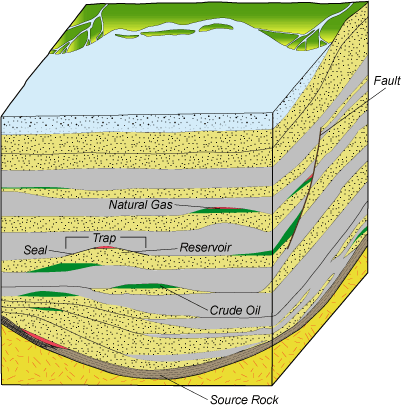 The relation between the two major components of the Energy sector: Crude oil & Natural gas is currently perched above 25. A slow recovery in the ratio was seen, backed by simultaneous gains in crude oil and fall in natural gas prices. On the other hand, at MCX the ratio has declined from yearly high of 30 in February, as gains in natural gas prices (YTD 18%) are comparatively higher than crude oil future prices (YTD 11%). Climate conditions in the US, concerns of supply disturbances in the Middle-East and improving demand from the world’s major energy consumers have hold up the gain in crude oil and natural gas prices in the current year. A refuse in the storage level, combined with a slower pace of drilling activity in the US played a positive role for gas prices. Investors also took advantage of lower fuel prices and, gas prices slowly reached 3 years high.
The relation between the two major components of the Energy sector: Crude oil & Natural gas is currently perched above 25. A slow recovery in the ratio was seen, backed by simultaneous gains in crude oil and fall in natural gas prices. On the other hand, at MCX the ratio has declined from yearly high of 30 in February, as gains in natural gas prices (YTD 18%) are comparatively higher than crude oil future prices (YTD 11%). Climate conditions in the US, concerns of supply disturbances in the Middle-East and improving demand from the world’s major energy consumers have hold up the gain in crude oil and natural gas prices in the current year. A refuse in the storage level, combined with a slower pace of drilling activity in the US played a positive role for gas prices. Investors also took advantage of lower fuel prices and, gas prices slowly reached 3 years high.
In the petite run, we anticipate the demand for gasoline to increase during the summer driving season in the US. Recent economic indicators indicate improvement in the US economy which may lead to a rise in utilization, counting fuel. In May, US consumers bought 1.4 million vehicles, up by 8% from the same month a year ago. Consequently, an augment in the usage of gasoline will drive crude oil demand and support prices to remain high. At current, gasoline demand in the US is at 8.7 million barrels per day and may reach a high above Nine million barrels in the summer driving season.
The hurricane season in the US starts from June and ends in November. The National Oceanic and Atmospheric Administration’s (NOAA) estimated a 70% likelihood that 13 to 20 named storms will form within the Atlantic Basin over the next six months, including 7-11 hurricanes; 3 to 6 of which will be forceful. The tropical Storm Andrea, the first named storm of the season appeared in early June, although the first storm typically forms in July. According to the US Energy department analysis, there is a 58% probability of production shut-in volumes being equal to or larger than the production shut in during the 2012 hurricane season, which overall 14.3 million bbl of crude oil and 32.1 Bcf of natural gas. In 2013, storm-related production commotion in the Gulf of Mexico during the 2013 hurricane season is 19.3 million barrels (bbl) of crude oil and 46.4 billion cubic feet. (Bcf) of natural gas. For that reason, concerns of supply disturbances may continue to keep crude and natural gas prices higher.
Therefore, gains in gas prices may be limited in the short run as the demand for space cooling is expected to decline. According to the Energy Information Administration, the number of cooling degree days (CDD) are likely below last year’s summer season’s CDD. The summer 2013 average US residential electric bill will total $395 over the 3 months period of June, July, and August, which is $10 (2.5 %) lower than the average U.S. bill during the summer of 2012. Natural gas accounts for more than 29% of total uses in electric power generation and 34% each in residential and commercial purposes. Consequently, if weather conditions remain mild, the usage is expected to remain lower and may limit gains in gas prices. If we study the storage level, the working gas storage level is at present at 2252 Billion Cubic Feet (BCF); 69BCF lower from the last 5 years average at the same time. April to October is considered to be injection period in the US. With the rise in drilling activities, production may rise and result in a higher level of storage in the near term. This may act as negative factor for gas prices.
As a result, we anticipate the gains in crude oil prices to exceed natural gas in the short run, which will result in a rise in the ratio. For the short run, we suggest entering long positions in crude oil futures while taking short positions in natural gas contracts.
